Who is Mary Anning?
It's hard to believe that Mary Anning's name is not more globally known and celebrated. Especially when you consider her discoveries and groundbreaking work as an early pioneer of palaeontology.
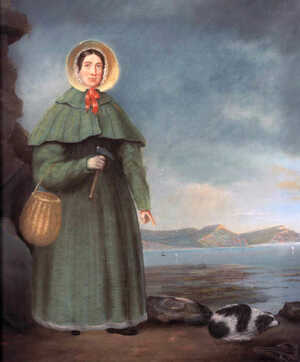
A Pioneer of Palaeontology
Mary Anning discovered creatures, now known as marine reptiles, that transformed our understanding of the Earth's age and revolutionised conventional thinking. Yet today, she is scarcely mentioned in most modern textbooks and is only included as an optional topic in the UK curriculum for children aged 11 to 12.
An Awe-inspiring Role Model
What is truly remarkable about Mary Anning, and often overlooked, is that she serves as an inspiring role model for children today. Anning achieved all she did despite coming from an uneducated, poor, working-class background. She was self-taught and relentless in her determination to learn more about the fossils she uncovered. She even dissected squid and fish bought from local fishermen to deepen her understanding of the biology of the long-dead creatures she discovered. Nothing stood in her way, and Mary never gave up.
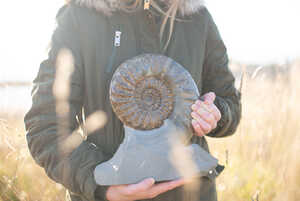
Nearly Two Hundred Years After Her Death
Mary Anning was three things you didn't want to be in Victorian Britain. Poor, working-class and a woman. Because of gender and class, she was left out of our history books and struggled with poverty for most of her life.
Nearly two hundred years after her death, books still fail to list her as one of the most significant scientists of our time. Her name has been eradicated from the annals of history, and her achievements are unacknowledged and unknown because Anning was an outsider to polite society and the scientific communities of the time.
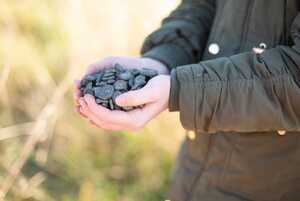
Always The Male Geologists
The influential Geological Society of London did not allow women to join as members or even allow them to attend meetings or lectures as guests. Even though it was apparent, Mary knew more about the fossilised remains she discovered and the geology of Lyme Regis than any of the wealthy clients she collected for. It was always the male geologists who published the scientific descriptions. Often omitting her name from the specimens she found.
Fossils she discovered, displayed in museums worldwide, still show the names of the wealthy, educated men who bought them from her. Her work was plagiarised then and continues to be to this today.
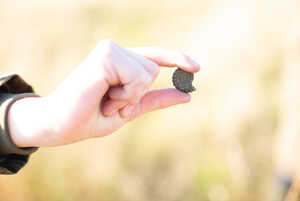
It Must Have Been Soul-Destroying
It must have been soul-destroying not to have been given the recognition she deserved. She was once recorded to have said: 'The world has used me ill ... these men of learning have sucked my brains and made a great deal of publishing works, of which I furnished the contents, while I derived none of the advantages.'
The only scientific writing of hers ever published in her lifetime appeared in the Magazine of Natural History in 1839, a letter Mary had sent to the magazine's editor challenging one of its claims.
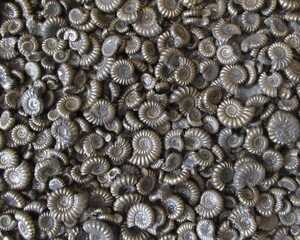
Towards The End Of Her Life
Toward the end of her life, Anning was awarded a small income from the British Association for the Advancement of Science and the Geological Society of London. It was given in recognition of her contributions to science. After she died of breast cancer aged forty-seven in 1847, the president of the Geological Society spoke of her in his annual address, even though it would take another fifty-seven years before the first women would be admitted to the organisation in 1904.
With your support, we raised a statue in her hometown of Lyme Regis in 2022. This tangible work of art has given her a physical presence in the town and a focal point for remembrance and respect. It has reignited conversations about her life and achievements, helping to restore the recognition she rightly deserves.

